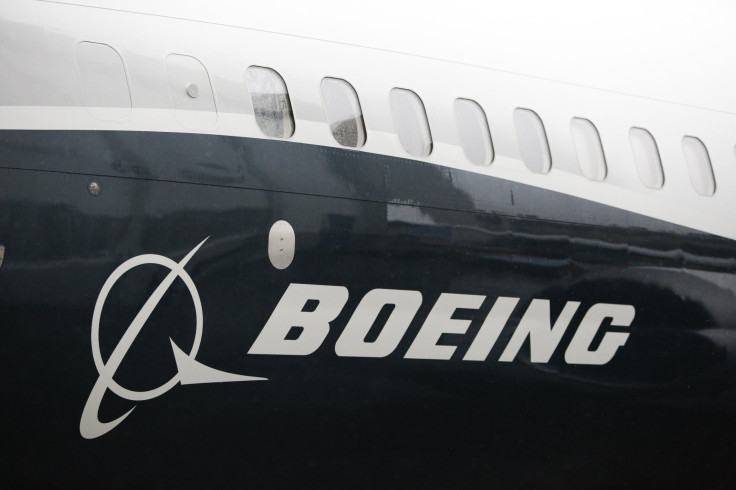NASA Paid Boeing Huge Bonus Despite Failed Space Launch System, Report Reveals

The proposed moon mission of NASA, Artemis-1 has landed in a controversy with regard to its delay and its link with American space agency paying a hefty bonus to the contractor Boeing despite the lag in rocket production.
NASA Artemis-1 mission involves a Space Launch System (SLS) rocket that will boost an un-crewed Orion spacecraft around the Moon. Lockheed Martin makes the Orion capsule or spacecraft.
A report by the congressional watchdog agency, the Government Accountability Office (GAO), has now flagged many flaws that are escalating timelines and cost in the Artemis-1 program.
Planned for 2017 the timeline shifted many times. According to a government agency’s report, the launch may be delayed until mid-2021 despite the focus on the current deadline of June 2020.
NASA is already talking up the Artemis-2 program which will send humans to the Moon by the year 2024
The report highlights a number of issues that contributed to the delays and higher costs in the program.
The government agency’s report expresses concern that NASA paid millions of dollars to Boeing as a reward despite the clear lag in the production of mission’s rocket.
NASA paid Boeing and hailed good work despite the delay
NASA paid Boeing $271 million between July 2014 and September 2018 and rated the contractor’s work on the rocket’s core stage as “very good” and “excellent,” reported Ars Technica.
The reality was Boeing’s work on the rocket has been lethargic as it deployed only a smaller team to work on the rocket. This suggests NASA kept rewarding Boeing for a shoddy work that never optimized the delivery of the rocket on time.
According to the reports, NASA also downplayed the actual cost escalation in the project’s budget by showing the figure as $1 billion whereas the math of GAO sees the cost hike as $1.8 billion.
Actual cost hike suppressed
The GAO report indicts NASA for obscuring the true cost of its development programs like SLS rocket.
“While NASA acknowledges about $1 billion in cost growth for the SLS program, it is understated,” the report asserts.
When NASA shifted some planned SLS scope to upcoming missions, it did not deduct that cost from the program’s cost baseline properly.
NASA now intends to spend about $10 billion to develop the SLS rocket and ground systems at Kennedy Space Center, from where the vehicle’s launch will take place.
Reacting to the GAO report, NASA said the government investigators have not fully captured the complexity involved in building a large rocket and a deep-space capsule.
NSA’s William Gerstenmaier said the “GAO report repeatedly projects the worst-case schedule outcome.”
One more NASA news with a Boeing connection is the Boeing CST-100 Starliner crew capsule meant for Crew Space Transportation.
This will support NASA's Commercial Crew Development program and transport crew to the International Space Station and other private space stations.
© Copyright IBTimes 2024. All rights reserved.







